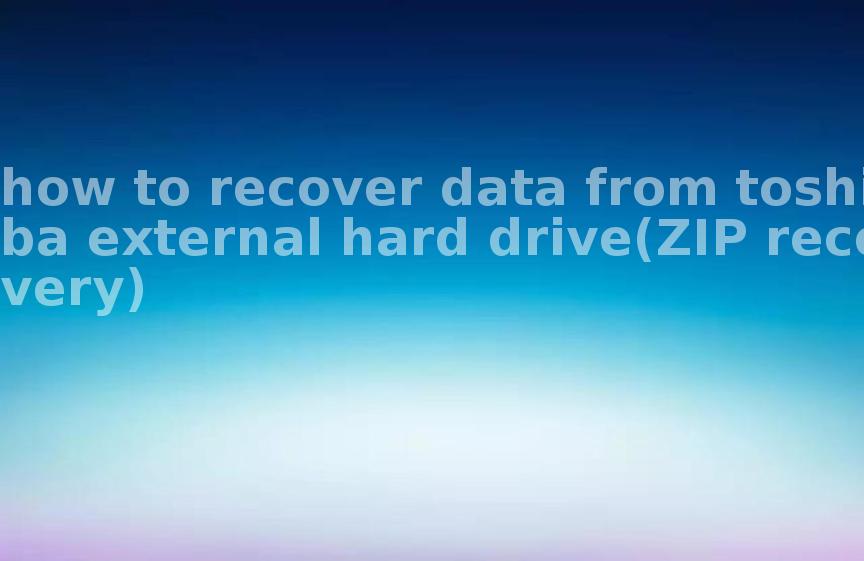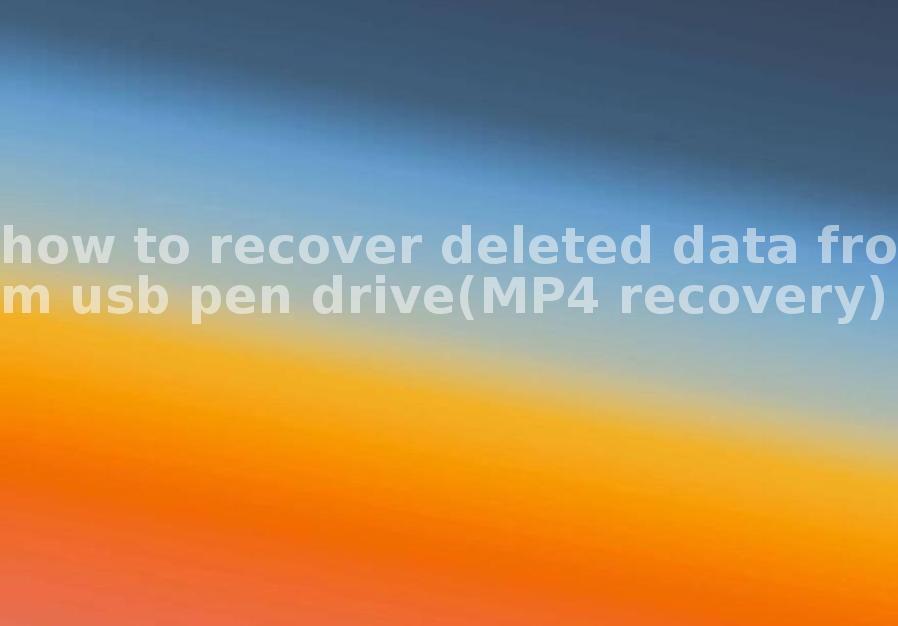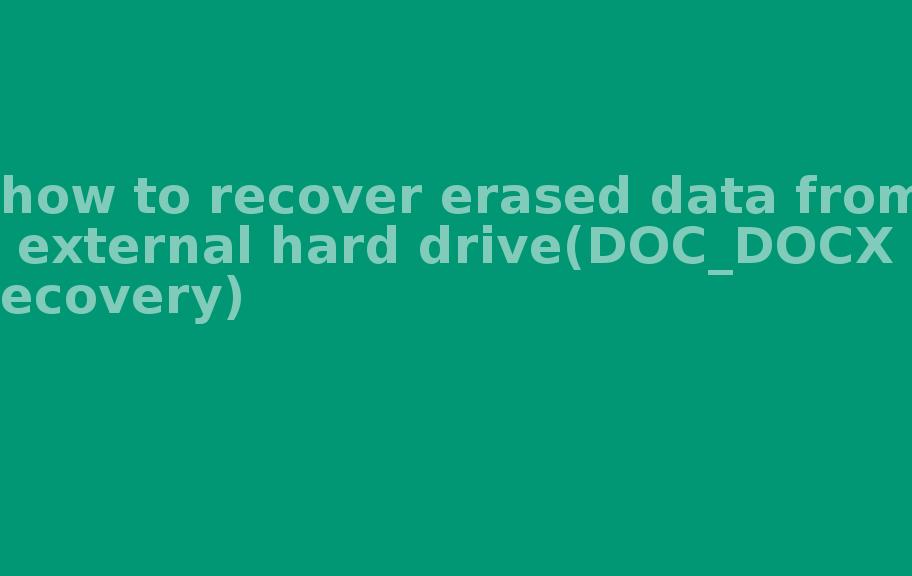how to recover data from failed external hard drive(PDF recovery)
2023-10-21 13:50 153
Part I: Overview of the context in which the document was recovered
Recovering data from a failed external hard drive is a common issue that many users face. External hard drives are convenient storage devices used to backup or store important files, but they can suffer from various failures due to physical damage, file system corruption, or logical errors. These failures can lead to loss of access to the stored data.
For example, if the external hard drive is physically damaged due to a fall or water damage, it may suffer from mechanical failures such as an inoperable motor or damaged read/write heads. In another scenario, if the file system of the external hard drive gets corrupted, it may result in the drive becoming unrecognizable or inaccessible by the operating system. Additionally, logical errors like accidental deletion, formatting, or malware attack can also cause data loss from the external hard drive.
Part II: Causes of data loss from a failed external hard drive
1. Physical damage: This can occur due to mishandling, dropping the external hard drive, or exposure to extreme temperatures or moisture. It can lead to mechanical failures, rendering the drive inoperable.
2. File system corruption: If the file system of the external hard drive gets damaged or corrupted, it may prevent the operating system from recognizing or accessing the data on the drive. This can happen due to sudden power outages, improper ejection, or software conflicts.
3. Logical errors: Accidental deletion, formatting, virus or malware infection, or software conflicts can lead to the loss of data from the external hard drive. These errors can overwrite or remove the data stored on the drive.
Part III: Steps to recover data from a failed external hard drive
1. Assess the damage: Determine if the failure is due to physical damage, file system corruption, or logical errors. This will help in selecting the appropriate recovery method.
2. Engage professional data recovery services: If the external hard drive has physical damage, it is advisable to seek the assistance of professional data recovery services. They have specialized tools and expertise to handle the recovery process.
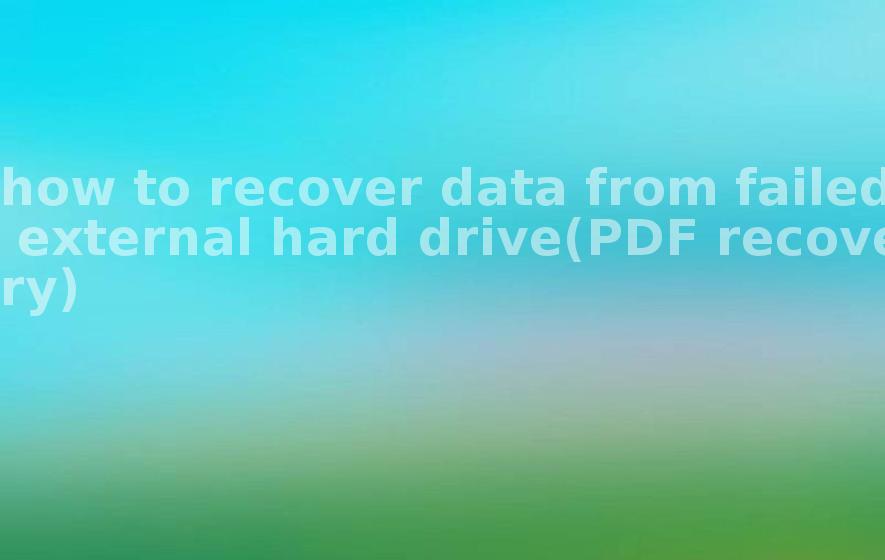
3. Use data recovery software: If the failure is due to file system corruption or logical errors, data recovery software can be used to retrieve the lost files. Install a reliable data recovery software on a different working computer and connect the failed external hard drive as a secondary drive. Run the software and follow the instructions to scan and recover the lost data.
Part IV: Types of other files that can be recovered
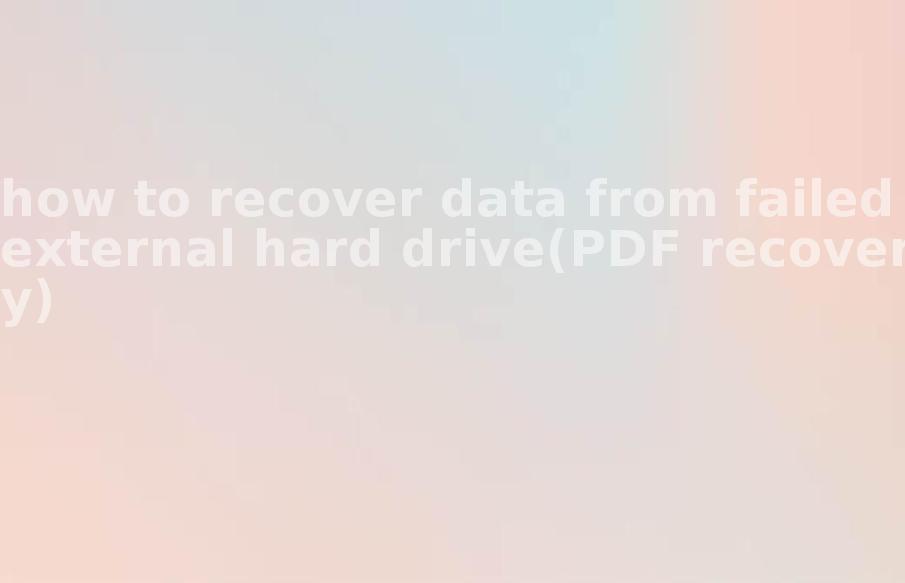
In addition to PDF files, data recovery from a failed external hard drive can help retrieve various other types of files, including:
1. Photos and videos: JPG, PNG, TIFF, RAW image formats, MP4, AVI, MKV video formats, etc.
2. Documents: Word documents (DOC, DOCX), Excel spreadsheets (XLS, XLSX), PowerPoint presentations (PPT, PPTX), etc.
3. Music files: MP3, WAV, FLAC, AAC, etc.
4. Archives: ZIP, RAR, 7Z, etc.
Part V: Related FAQ
Q1. Can I recover data from a physically damaged external hard drive?
A1. It is possible to recover data from a physically damaged external hard drive by engaging professional data recovery services. They have cleanroom facilities and specialized equipment to repair or retrieve data from physically damaged drives.
Q2. Is it safe to use data recovery software on a failed external hard drive?
A2. Yes, data recovery software is designed to safely recover data from failed external hard drives. However, it is recommended to avoid writing new data to the failed drive to prevent overwriting the lost files.
Q3. How long does the data recovery process take?
A3. The time taken for data recovery from a failed external hard drive depends on various factors such as the type and extent of the failure, drive capacity, and the amount of data to be recovered. It can range from a few hours to several days.





